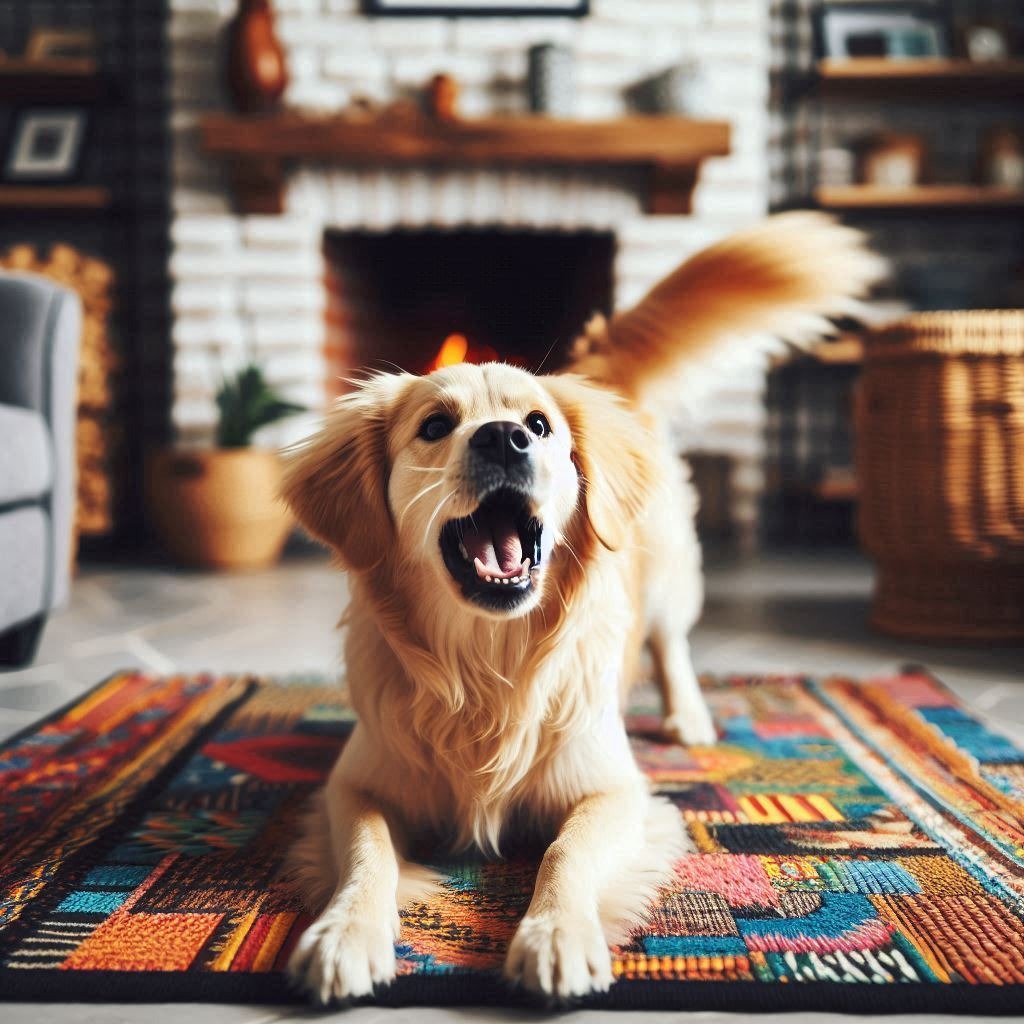A dog growling at a baby is a serious concern that needs immediate attention to ensure the safety of both the child and the pet. Here’s a comprehensive guide on what to do:

#1 – Prioritize Safety
When a dog growls at a baby, the immediate priority is safety.
- Calmly Move the Baby: Gently but firmly pick up the baby and move them to a safe location away from the dog.
- Secure the Baby: Place the baby in a crib or playpen where they can be safely supervised. Never leave the baby alone with the dog, even for a moment.
#2 – Understand the Growl
A growl is a dog’s way of communicating discomfort or stress.
- Non-Aggressive Communication: Growling doesn’t always indicate aggression; it can be a sign that the dog is feeling anxious or threatened.
- Identify Triggers: The dog might be protective of its space, food, or toys, or simply stressed by the baby’s movements or sounds.
#3 – Manage the Dog
Proper management of the dog is crucial in preventing further incidents.
- Stay Calm: Avoid yelling or punishing the dog, as this can heighten their anxiety and escalate the situation.
- Leash the Dog: Putting the dog on a leash gives you more control and allows you to safely remove them from the area.
- Isolate the Dog: If the dog appears highly agitated, place them in a separate room or crate until they calm down.
#4 – Identify the Cause
Understanding why the dog growled can help prevent future incidents.
- Reflect on the Incident: Think about what might have triggered the growl. Was the baby reaching for the dog’s food or toys? Did the baby crawl too close or make a loud noise?
- Recognize Stress Signals: Learn to recognize signs of stress in your dog, such as stiff body language, avoidance, or other warning signs.
#5 – Take Preventive Measures
Proactive steps can ensure a safer environment for both the baby and the dog.
- Constant Supervision: Never leave a dog unsupervised with a baby. Even a calm dog can react unpredictably to a baby’s sudden movements.
- Monitor Interactions: Actively supervise all interactions between the baby and the dog, paying close attention to their body language.
- Teach Gentle Interaction: As the baby grows, teach them how to interact with the dog calmly and respectfully.
#6 – Consider Professional Help
Sometimes, professional guidance is necessary to address the behavior effectively.
- Consult a Professional Trainer: A certified dog trainer experienced in canine behavior and child safety can help identify triggers and develop a training plan.
- Vet Check-Up: A visit to the vet can rule out any underlying medical issues that might be causing the dog discomfort or anxiety.
Conclusion
By understanding dog behavior, managing interactions carefully, and seeking professional help if needed, you can create a safe and harmonious environment for both your child and your pet. Always prioritize safety and remain vigilant to ensure a positive relationship between your baby and your furry friend.
